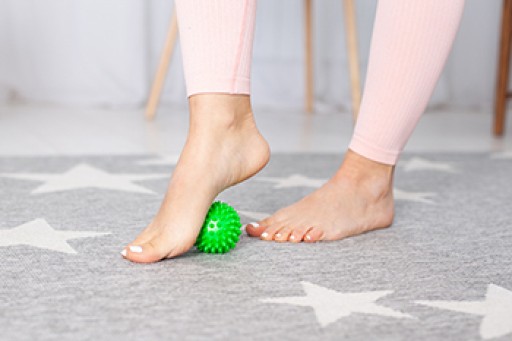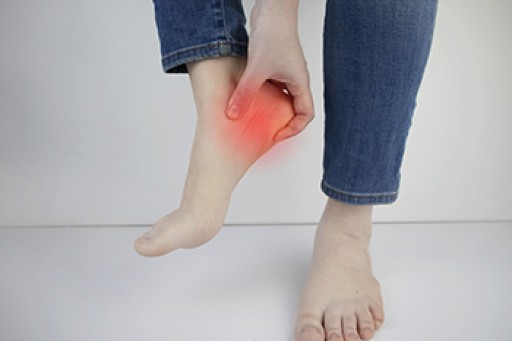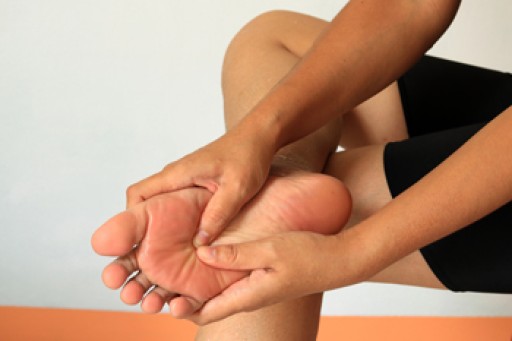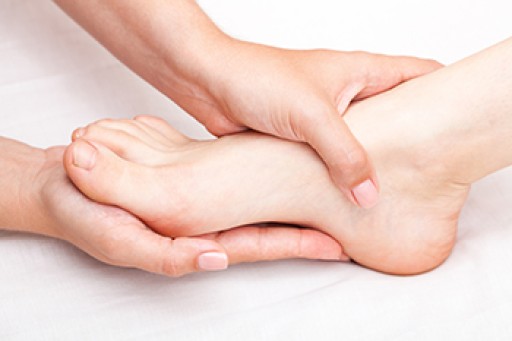
The benefits of frequently performing foot exercises can contribute to staying independent and mobile. The feet are the foundation of the body, and proper foot health can positively affect the overall body. There are specific foot exercises that can improve range of motion, and this may help to improve arthritis, cramping, and tingling that can happen in the feet. Strong feet can help to protect the ankles, and it can be beneficial to wear shoes that are supportive. Some patients find it helpful to place a thick blanket on the floor, followed by walking back and forth on it. Additionally, the foot can become stronger by rolling it on a tennis ball for several minutes. If you would like more information about exercising the feet, please consult with a podiatrist who can answer any questions you may have.
Exercising your feet regularly with the proper foot wear is a great way to prevent injuries and build strength. If you have any concerns about your feet, contact one of our podiatrists from Canonsburg Podiatry Associates. Our doctors can provide the care you need to keep you pain-free and on your feet.
Exercise for Your Feet
Exercise for your feet can help you gain strength, mobility and flexibility in your feet. They say that strengthening your feet can be just as rewarding as strengthening another part of the body. Your feet are very important, and we often forget about them in our daily tasks. But it is because of our feet that are we able to get going and do what we need to. For those of us fortunate enough to not have any foot problems, it is an important gesture to take care of them to ensure good health in the long run.
Some foot health exercises can include ankle pumps, tip-toeing, toe rises, lifting off the floor doing reps and sets, and flexing the toes. It is best to speak with Our doctors to determine an appropriate regimen for your needs. Everyone’s needs and bodies are different, and the activities required to maintain strength in the feet vary from individual to individual.
Once you get into a routine of doing regular exercise, you may notice a difference in your feet and how strong they may become.
If you have any questions please feel free to contact our office located in Canonsburg and McMurray, PA . We offer the newest diagnostic and treatment technologies for all your foot and ankle needs.











